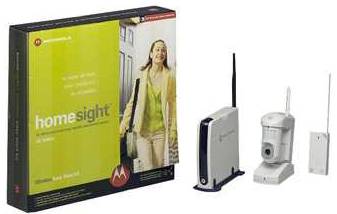

Jump in and explore a diverse selection of today's quantum hardware, software, and solutions
USBVISION API CODE
Quickly create powerful cloud apps for web and mobileĮverything you need to build and operate a live game on one platformĮxecute event-driven serverless code functions with an end-to-end development experience Migrate, modernize, and innovate on the modern SQL family of cloud databasesīuild or modernize scalable, high-performance appsĭeploy and scale containers on managed KubernetesĪdd cognitive capabilities to apps with APIs and AI services
USBVISION API WINDOWS
Provision Windows and Linux VMs in secondsĮnable a secure, remote desktop experience from anywhere Zoran later added to the USBvision family with the "USBvision III" (ZR36506) chipset.Explore some of the most popular Azure products The chips were widely used by a number of different vendors in their USB video capture devices for examples, see USBVision devices. The NT1003, NT1004, and NT1005 chipsest are all supported under Linux by the USBVision device driver. The NT1005 was essentially a complimentary chip to the NT1004 it offered all the same features as the NT1004, but also provided support for VBI processing, and hence Teletext/Closed Captioning. The Nogatech developed NT1005 chipset was released by Zoran as product part ZR36505 and held the marketing name of "USBvision II Data Decoder". Zoran, using its own product part nomenclature, also recast the NT1004 chip as the ZR36504. In 2000, Nogatech was purchased by Zoran, and, seemingly, under control of the new owners, a coherent product name branding was settled upon, with "USBvision" emerging as the formal name for the entire chipset family. In addition, the NT1004 IC was a physically smaller package and brought improved power characteristics over its predecessor.
USBVISION API SERIAL
The NT1004 most notably added the capability to simultaneously stream video, audio and serial data (IR remote control data, smart media card and other standard serial data) across a USB interface to a computer, and hence broadened the range of devices for which the USBVision was suitable. This successor product was labeled by Nogatech as the USBvision II (or USBVision II) chipset. The NT1004 became available a year later, in late 1999. The NT1003 was intended for use in digital video cameras where in such use, the chip's algorithms provide compression of the raw 30fps video data down to data rates between the ranges of 0.5 Mbit to 8 Mbit, and thus permit the transmission of a video stream across the narrow bandwidth of an USB 1.1 channel. By the eventual time of product availability, in late 1998, it had subsequently become known more simply as the USBVision (or USBvision). However, that label soon disappeared from company use and the chip was rebranded as the USB-Vision.

When literature on the product emerged in 1997, the NT1003 was originally referred to as the Live Video On USB chip. The NT1003 was the first chip in this family. (Note: in actuality, Nogatech was very inconsistent in respect to their usage of either a "V" or "v" in their references to the product's name, so "USBvision" was also commonly presented). Nogatech produced several USB bridge chipsets, intended for video capture devices, which, collectively, were marketed as being the " USBVision" family of products.


 0 kommentar(er)
0 kommentar(er)
